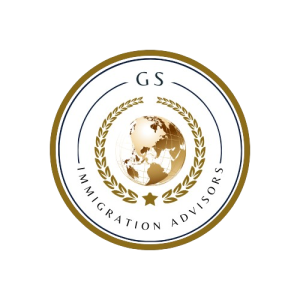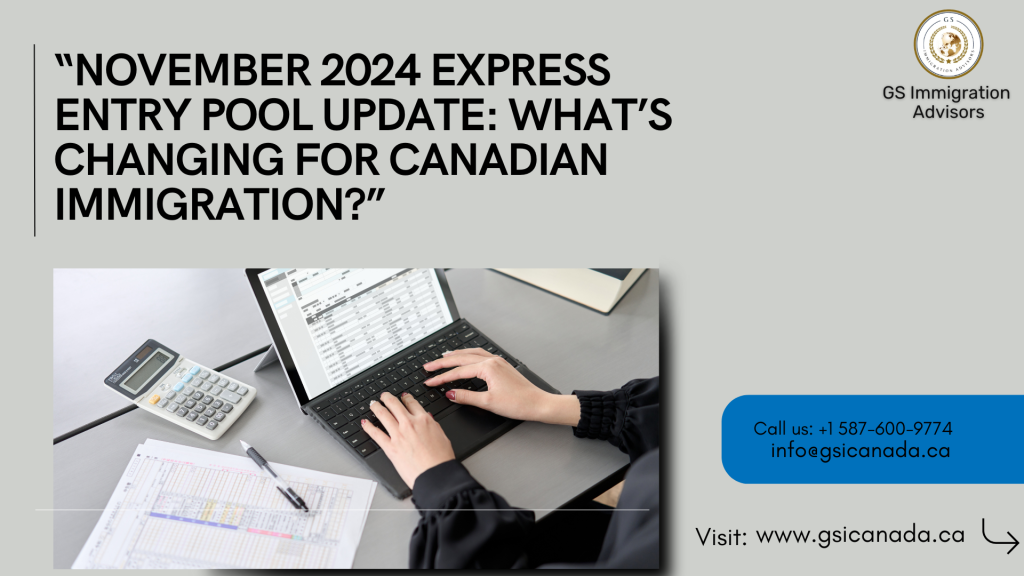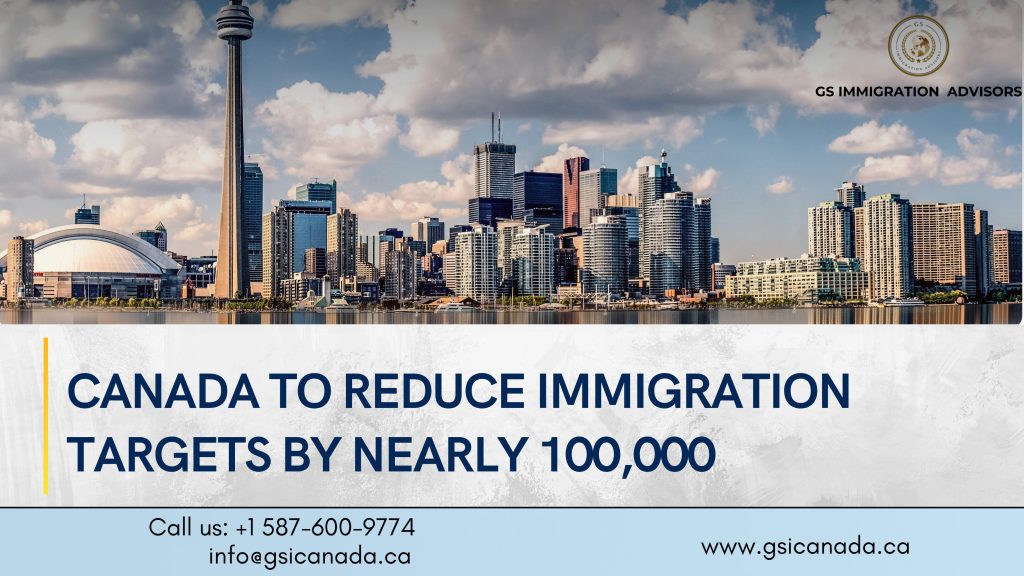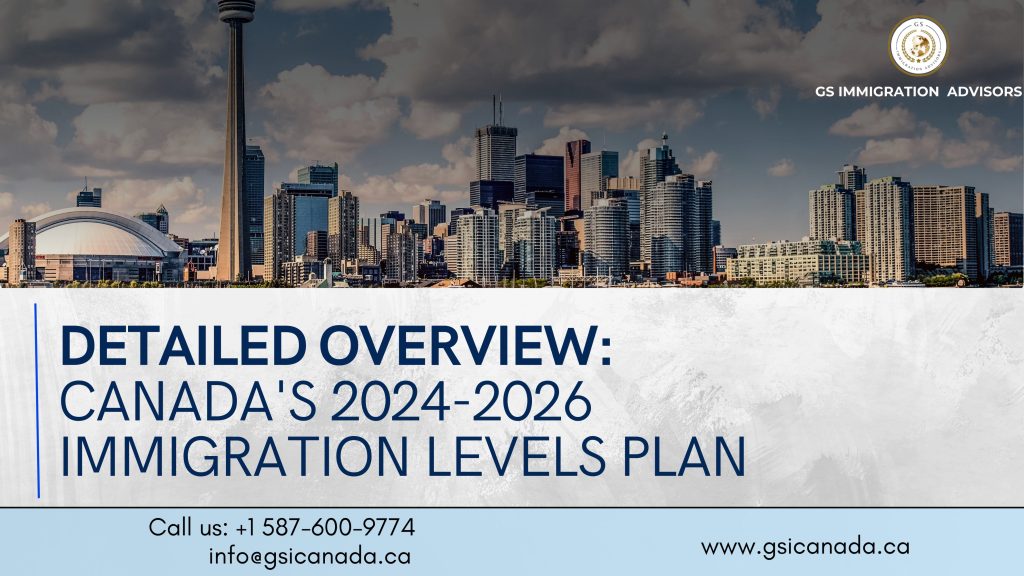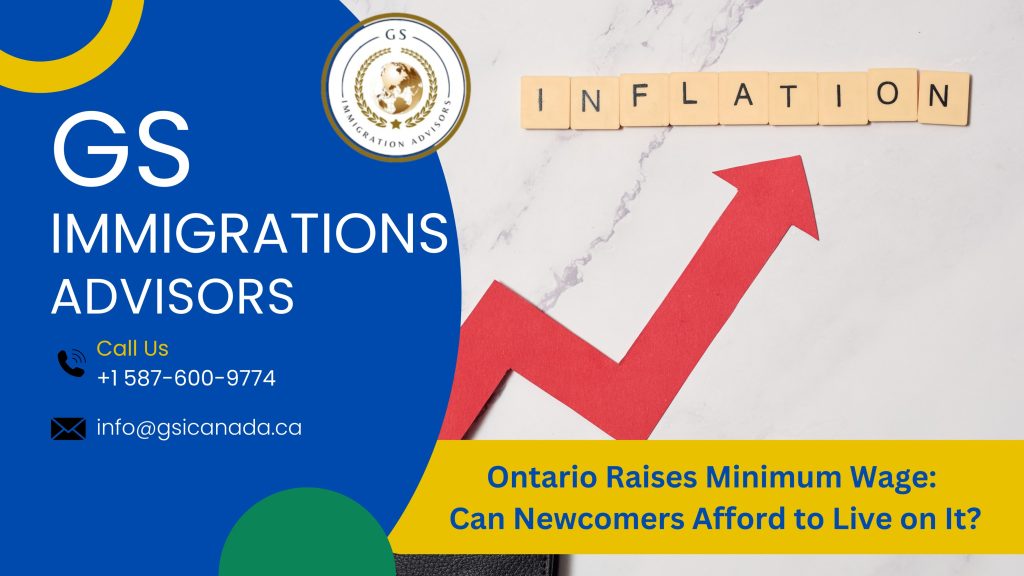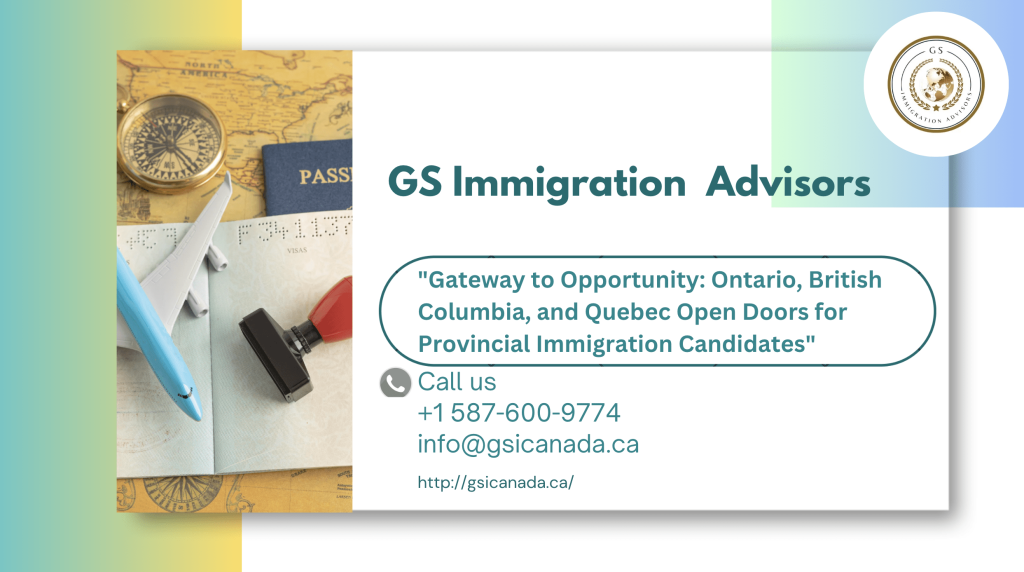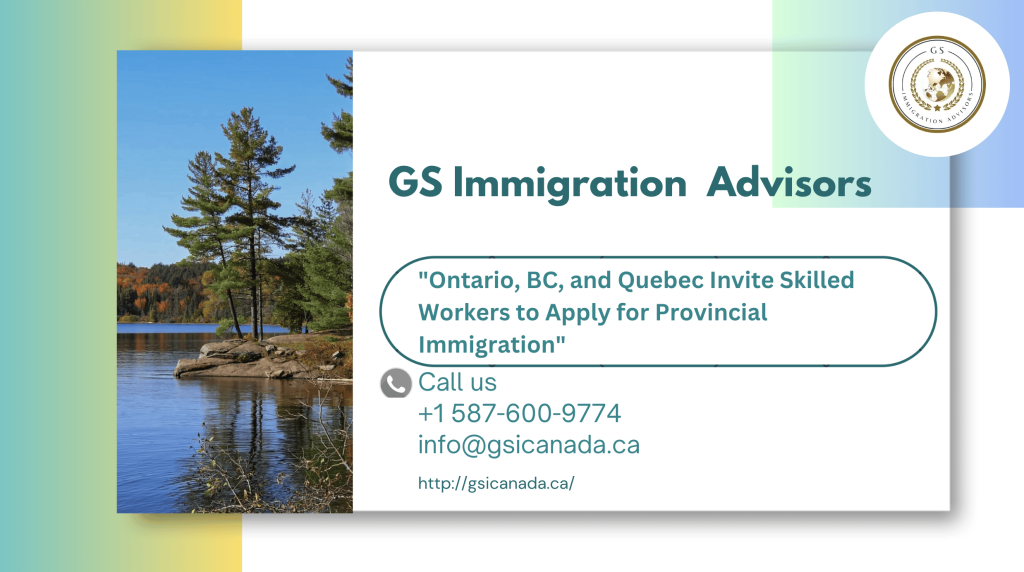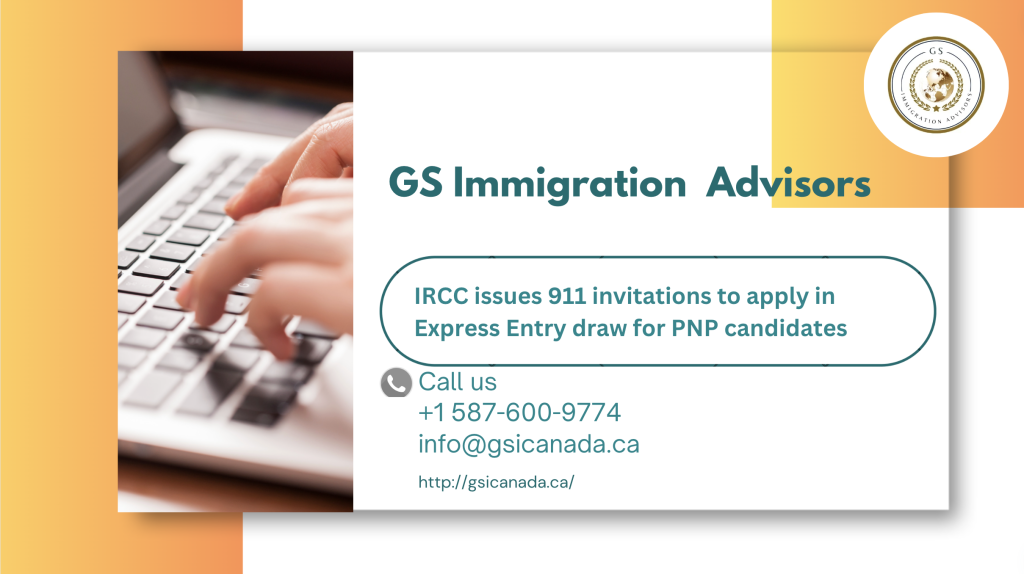“British Columbia and Prince Edward Island Invite New Candidates in Latest Provincial Nomination Draws”
Through the Provincial Nominee Program (PNP), two Canadian provinces have invited candidates to submit nomination applications. To assist disseminate the economic advantages of immigration throughout regions of Canada where newcomers are less likely to think about immigrating, the PNP was initially established in Manitoba in 1998. Except for Quebec and Nunavut, every province and territory currently has a PNP. Provincial governments can use the scheme to choose economic immigrants who have the best chance of thriving in their new communities. Discover if You Are Eligible for Canadian Immigration The federal Immigration Levels Plan specifies the maximum number of nominations that each province may make. In the Plan for 2025, which was unveiled on October 24, the total number of PNP nominations that will be made in 2025 would be drastically reduced from 110,000 in 2024 to 55,000. A candidate’s application for permanent residence is strengthened when they receive a province’s nomination. Given that receiving a provincial nomination raises an Express Entry candidate’s total Comprehensive Ranking System (CRS) score by 600 points, this is particularly true for them. It is one of the most well-liked economic immigration routes in Canada for foreigners looking to settle there permanently. Results for provincial immigration from October 26 to November 1. British Columbia More than 83 invitations to submit for nomination in the British Columbia Provincial Nominee Program (BC PNP) were sent out by British Columbia on October 30. Thirty-one applicants from the entry-level, semi-skilled, skilled worker, and international graduate streams were invited to the province’s one general draw. With the exception of Entry Level and Semi-Skilled applicants, who needed a minimum score of 117, all candidates needed to receive a minimum score of 134. Additionally, B.C. conducted four targeted draws for applicants in certain occupations in the International Graduate and Skilled Worker streams: Childcare occupations: 20 candidates with a minimum score of 90. Construction occupations: 20 candidates with a minimum score of 96. Healthcare occupations: 12 candidates with a minimum score of 104. Veterinary occupations: Fewer than five candidates with a minimum score of 80. Island of Prince Edward In the Labour and Express Entry categories, the PEI PNP extended invitations to 89 candidates. Candidates currently employed in PEI’s manufacturing, construction, and healthcare industries were taken into consideration by the province. From the Business Work Permit Entrepreneur category, two further applicants were invited. The minimum score for these people was 92. 98% of the 1,237 invitations that PEI has sent out to PEI PNP candidates over the last 12 months have gone to those in the Labour and Express Entry streams. Discover if You Are Eligible for Canadian Immigration
